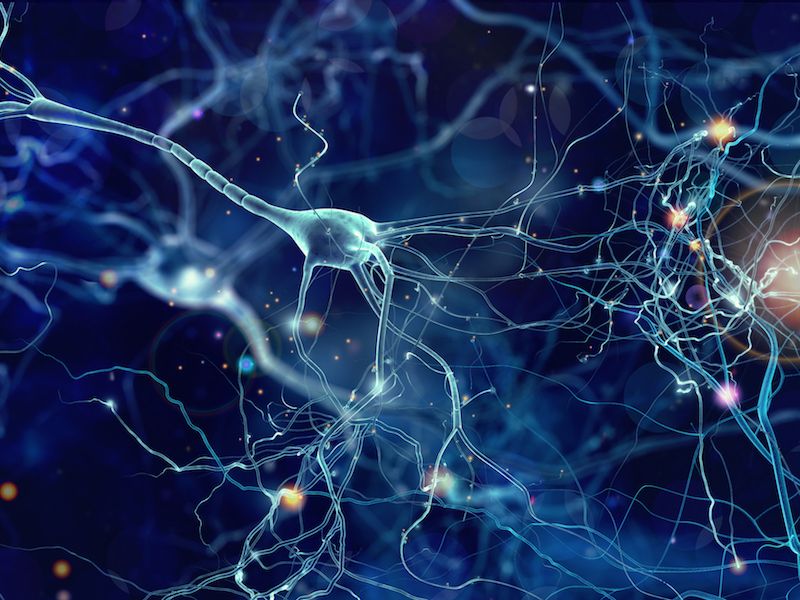
How frequently do you contemplate your nervous system? Probably not all that frequently. Ordinarily, you wouldn’t have to be concerned about how your neurons are sending messages to the nerves in your body. But when those nerves begin to misfire – that is when something fails – you begin to pay a lot more attention to your nervous system.
There’s one specific disease, called Charcot-Marie-Tooth (CMT) disease, which can impact the nervous system on a fairly large scale, though the symptoms normally manifest chiefly in the extremities. high-frequency hearing loss can also be the result of CMT according to some research.
What Is Charcot-Marie-Tooth Disease?
Charcot-Marie-Tooth disease is a set of inherited conditions. The protective sheathing around the nerves fail to function properly due to a genetic disorder.
There is a problem with the way impulses travel between your brain and your nerves. Functionally, this can lead to both a loss in motor function and a loss of sensation.
A mix of genetic factors commonly leads to the manifestation of symptoms, so CMT can be present in several varieties. For most people with CMT, symptoms start in the feet and can work their way up into their arms. And, strangely, among those who have CMT, there is a higher rate of occurrence of high-frequency hearing loss.
A Link Between Loss of Hearing And CMT: The Cochlear Nerve
There’s always been an anecdotal link between loss of hearing and CMT (which means that inside of the CMT culture everyone has heard others talk about it). And it was difficult to realize the connection between loss of sensation in the legs and issues with the ears.
The connection was firmly established by a scientific study just recently when a group of scientists evaluated 79 people with CMT at the University of Iowa Hospitals and Clinics.
The results were quite conclusive. Low to moderate frequencies were heard almost perfectly by those who had CMT. But high-frequency sounds (in the moderate region particularly) were easily heard by all of the participants. high-frequency hearing loss, according to this study, is likely to be connected to CMT.
The Cause of Hearing Loss and How to Treat It
At first, it could be perplexing to try to identify the connection between high-frequency hearing loss and CMT. Like every other part of your body relies on correctly functioning nerves. That’s also the same for your ears.
The hypothesis is, CMT impacts the cochlear nerve so sounds in the high-frequency range aren’t able to be interpreted. Anyone with this kind of hearing loss will have a hard time hearing some sounds, and that includes people’s voices. Trying to understand voices in a crowded noisy room is particularly difficult.
This form of hearing loss is commonly treated with hearing aids. CMT has no known cure. Modern hearing aids can isolate the exact frequencies to boost which can offer significant assistance in battling high-frequency hearing loss. Most modern hearing aids can also perform well in noisy settings.
There Can be Many Causes For Hearing Loss
Further than the unconfirmed hypothesis, it’s still not well understood what the relationship between high-frequency hearing loss and CMT is. But hearing aid technology offers a definite solution to the symptoms of that hearing loss. That’s why lots of people with CMT will take the time to sit down with a hearing professional and get fitted for a custom hearing aid.
There are a range of causes for hearing loss symptoms. Often, it’s a matter of loud noise contributing to damage to the ears. In other cases, loss of hearing might be the consequence of an obstruction. It turns out that CMT can be still another reason for hearing loss.
